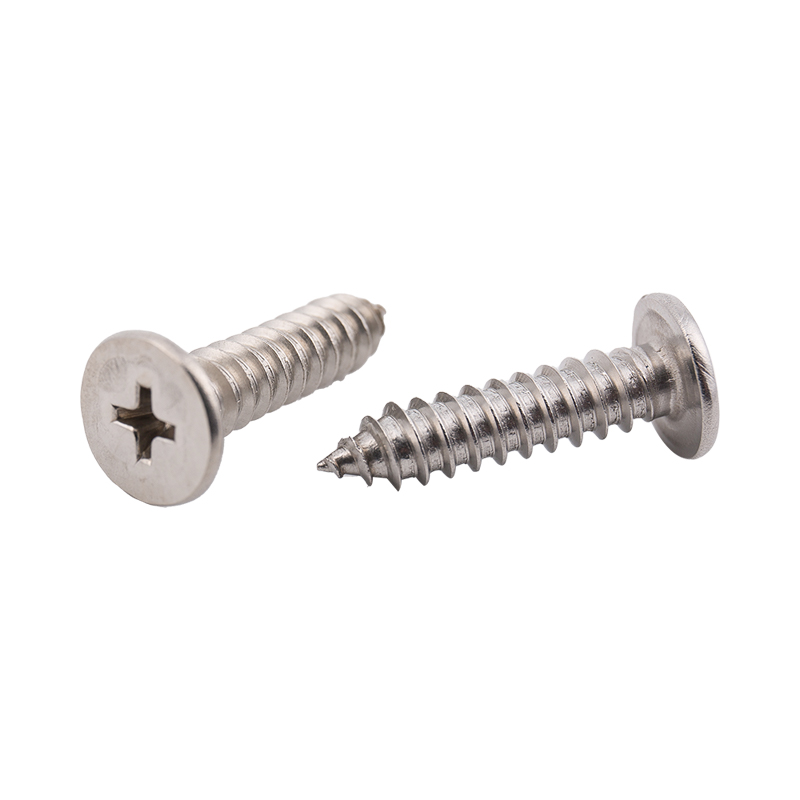-
Carbon steel/hindi kinakalawang na asero StudAng paggamit ng carbon steel / hindi kinakalawang na asero at iba pang mga materyales na gawa sa rolling, maaari itong maglaro ng isang nakapirming f...
-
L-Shaped StudsAng paggamit ng hindi kinakalawang na asero materyal rolling ngipin baluktot na ginawa ng karaniwang buried sa kongkreto pundasyon, para sa mga nak...
-
Hindi kinakalawang na asero na U-Shaped StudsAng paggamit ng hindi kinakalawang na asero materyal rolling ngipin na ginawa ng baluktot, dahil ang hugis ng U-shaped at pinangalanan, ang dalawan...
-
Carbon Steel U-Shaped BoltsAng paggamit ng carbon steel material rolled teeth bending na gawa sa U-bolts ay maaaring dalawa o higit pang mga bagay na magkakaugnay upang bumuo...
-
Mga Haligi ng Pressure Rivet NutAng paggamit ng materyal na carbon steel na gawa sa malamig na pier, ay isang ulo ay cylindrical, ang pangunahing katawan ay cylindrical din, bulag...
-
Sa pamamagitan ng Hole Pressure Rivet Nut ColumnAng paggamit ng carbon steel materyal na gawa sa malamig na pier, ay isang ulo ay cylindrical, ang pangunahing katawan ay din cylindrical, sa pamam...
What fastening techniques are most effective for stainless steel screws?
Balita sa Industriya-Effective fastening techniques for stainless steel screws involve a combination of proper installation methods, tools, and considerations for the material being fastened. Here are some of the most effective techniques:
Pre-drilling:
For hard materials, pre-drilling pilot holes can prevent splitting and ensure proper alignment. The pilot hole should be slightly smaller than the screw's diameter to allow for a tight fit.
Using the Right Tool:
Utilizing a high-quality screwdriver or drill with the appropriate bit is crucial. For stainless steel screws, using a drill with a slower speed can reduce the risk of overheating, which can lead to galling (friction-induced damage).
Torque Control:
Applying the correct amount of torque is essential. Over-tightening can strip the threads or damage the material, while under-tightening can lead to loosening. Using a torque wrench can help achieve the right tension.
Thread Lubrication:
Applying a lubricant (such as anti-seize compound) to the threads can reduce friction and prevent galling, especially in stainless steel applications where metal-to-metal contact occurs.
Proper Thread Engagement:
Ensuring full thread engagement with the mating material enhances load distribution and holding power. This often involves using screws with a length suitable for the thickness of the materials being joined.

Using Washers:
In applications where load distribution is important, using washers can help spread the load and prevent damage to the surface being fastened. This is particularly useful in softer materials.
Vibration Resistance:
For applications exposed to vibrations, consider using locking mechanisms (like lock washers or nylon insert lock nuts) or thread-locking adhesives to prevent loosening.
Environmental Considerations:
In corrosive environments, using marine-grade stainless steel screws (like 316 grade) can enhance durability. Also, ensuring that dissimilar metals are isolated (using non-metallic washers) can prevent galvanic corrosion.
Correct Installation Technique:
When installing, start the screw slowly to ensure it engages properly. Once the screw is started, increase speed but remain cautious not to overtighten.
Regular Maintenance:
For applications subject to wear and tear, periodically checking and retightening screws can help maintain their integrity and performance.




